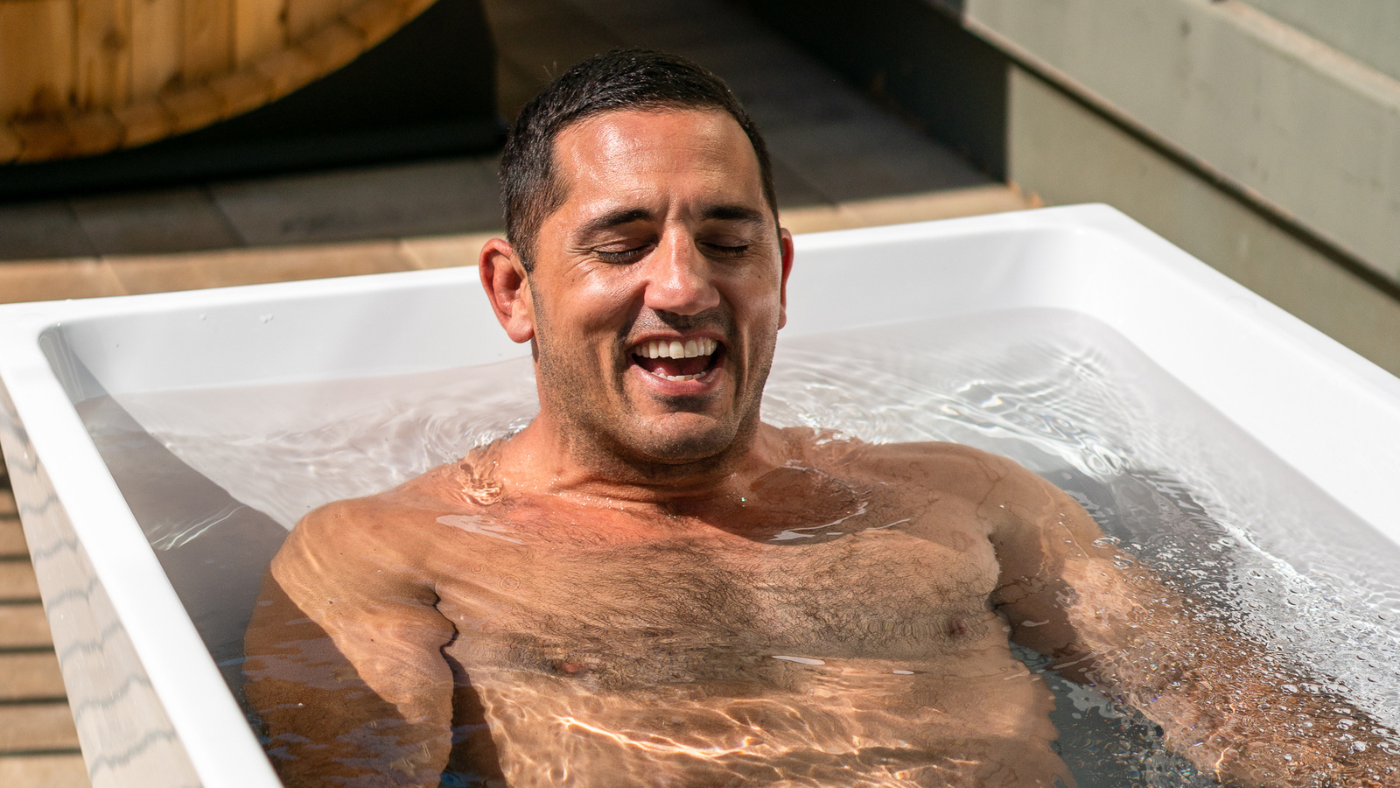
Hot or Cold Therapy: Which Is Better For Recovery?
Hot and cold therapy are both popular methods for aiding recovery from an injury, illness, or simply after workouts and other physical activities. They have both been used for decades to help relieve pain and speed up healing.
Some people find that one method works better for them than the other, or that both methods work well for them. Sometimes others find that a combination of both hot and cold therapy is most effective. The question is though, is hot or cold therapy better for recovery?
The short answer: There is no definitive answer to this question as everyone has different needs and responds differently to hot and cold therapy, but this post can help you decide how to find the best solution for you. Below, we’ll explore the benefits of both options, and help you decide if hot or cold therapy is better for your personal needs.
When Either Hot or Cold Therapy Will Do
Both hot and cold therapy can give you short-term relief from the following symptoms so either one would be a good choice as a recovery aid.
- Tender joints or muscles
- Muscle aches, spasms, and pains
- Lower and upper back pain
- Finger, hand, and/or wrist pain
- Knee pain
Again, your body may respond more to one therapy than the other or you may prefer one method over the other so see which works better for you in these cases.
Cold Therapy
Cold therapy is the use of low, sometimes freezing, temperatures to relieve pain and promote recovery. When used correctly, cold therapy can be an effective treatment for pain and swelling.
Cold therapy works by constricting blood vessels and is best for short-term pain relief. Cold therapy is usually applied using a cold pack, which is placed on the area for a period of time but can be applied in a variety of ways which we’ll talk more about below.
The Benefits of Cold Therapy
There are many benefits of cold therapy, including its ability to:
- Reduce inflammation and swelling
- Reduce muscle soreness
- Numb pain
- Speed up healing
- Improve weight loss
These benefits come from the constriction of blood vessels and reduced blood flow that cold therapy induces.
Types of Cold Therapy
Just like heat therapy, there are different types of cold therapy you can try depending on your needs
Ice Packs
Ice packs are one of the most common forms of cold therapy as they are easy to use and can be applied to almost any area of the body. Ice packs can be applied for 10 to 15 minutes at a time and should be wrapped in a towel or cloth to prevent skin damage.
Ice Baths
Whether it’s a DIY at-home ice bath or you use a specialized ice bath tub like The Plunge, an ice bath is great for beginners, enthusiasts, athletes, and non-athletes alike to reap cold water therapy benefits. It’s great for whole-body recovery or lower-body recovery. If you're attempting your first ice bath at home, check out our free cold plunge protocols and learn how to build a cold plunge routine.
Cold Baths or Showers
If an ice bath seems a too cold to start at, start off by trying a cold shower or bath so see how your body reacts to the cold while still getting some cold water therapy benefits. Later, you can move to an ice bath to get maximum cold therapy benefits.
Cryotherapy
Cryotherapy is a form of cold therapy that uses extremely cold temperatures to treat pain and is most often done in cryotherapy chambers.
When Not To Use Cold Therapy
There are a few instances when cold therapy should not be used. These include: If you have an open wound If you have Raynaud's disease If you have a sensory disorder (i.e. autism, Tourette’s, OCD, anxiety, ADHD, and more)
Heat Therapy
Heat therapy is the use of heat to increase blood flow to the affected area to relieve pain and promote healing. It’s typically more effective than cold therapy at treating chronic pain or sore joints especially those caused by arthritis. It can be applied using a variety of methods, which we’ll talk more about below.
The Benefits of Heat Therapy
Heat therapy has a number of potential benefits. These include its abilities to:
- Reduce chronic pain
- Relax muscles spasms
- Improve circulation
- Reduce muscle stiffness and improve range of motion
- Speed up healing and allow muscles to repair faster
Heat therapy provides these benefits by increasing blood flow and oxygen to the area of the body it’s applied to.
Types of Heat Therapy
There are a number of different types of heat therapy you can try depending on your needs and the size of the area that needs recovery. Heat therapy can typically be applied up to 20 minutes, up to 3 times a day unless noted or advised otherwise.
Heating Pads
Heating pads are one of the most common types of heat therapy. They can be applied to the affected area for a short period of time to help relieve pain.
Hot Packs
Hot packs are another common type of heat therapy. They are typically filled with hot water or gel and then placed on the affected area
Hot Baths
Another accessible option is to soak the affected area in a hot bath that’s between 92 to 100 degrees Fahrenheit.
Infrared Light
Infrared light can also be used to apply heat and it penetrates deep into the tissue to help relieve pain and promote healing.
Saunas
Saunas use dry heat to help relieve pain and promote healing and are great if you want total body recovery.
When Not To Use Heat Therapy
There are a few instances when heat therapy should not be used, including:
- If you have an open wound
- If you have broken skin
- If you have a fever
- If there is bruising or swelling
- If you have diabetes, vascular disease, and multiple sclerosis
Hot and Cold Therapy (Contrast Therapy)
Sometimes it's most beneficial to do both hot and cold therapy, aka contrast therapy. Contrast therapy involves starting with heat therapy, then moving to cold therapy, and then back to heat therapy a few times before ending back on heat therapy. This type of therapy is popular among athletes looking to recover quickly from pain or injury.
Benefits of Hot and Cold Therapy
The use of hot therapy increases blood flow and oxygen to the applied area while the use of cold therapy constricts blood vessels and reduces blood flow to the area which helps you get the best of both benefits. Contrast therapy can:
Improve blood circulation and muscle strains Reduce muscle soreness and inflammation Increase energy and alertness Increase range of motion Elevate your mood By doing hot and cold therapy together, you'll benefit from both forms to aid your recovery routine.
So, Is Hot or Cold Therapy Better?
When it comes to choosing between hot and cold therapy for your recovery, the answer may not be as clear-cut as you think. Both hot and cold therapy have their own set of benefits, so it really depends on what is going to work best for you and your needs.
Cold water therapy (aka ice bathing) is a great place for many people to start their recovery journey. If you’re ready to get started on the path to a quicker recovery, consider The Plunge which will upgrade your at-home recovery routine. To make the most out of your cold plunging sessions, you can download our free Cold Plunge protocols PDF.
Medical disclaimer: This post is intended for informational purposes only and is not a substitute for professional medical advice. Please consult with your doctor before beginning hot or cold therapy or any recovery routine.








